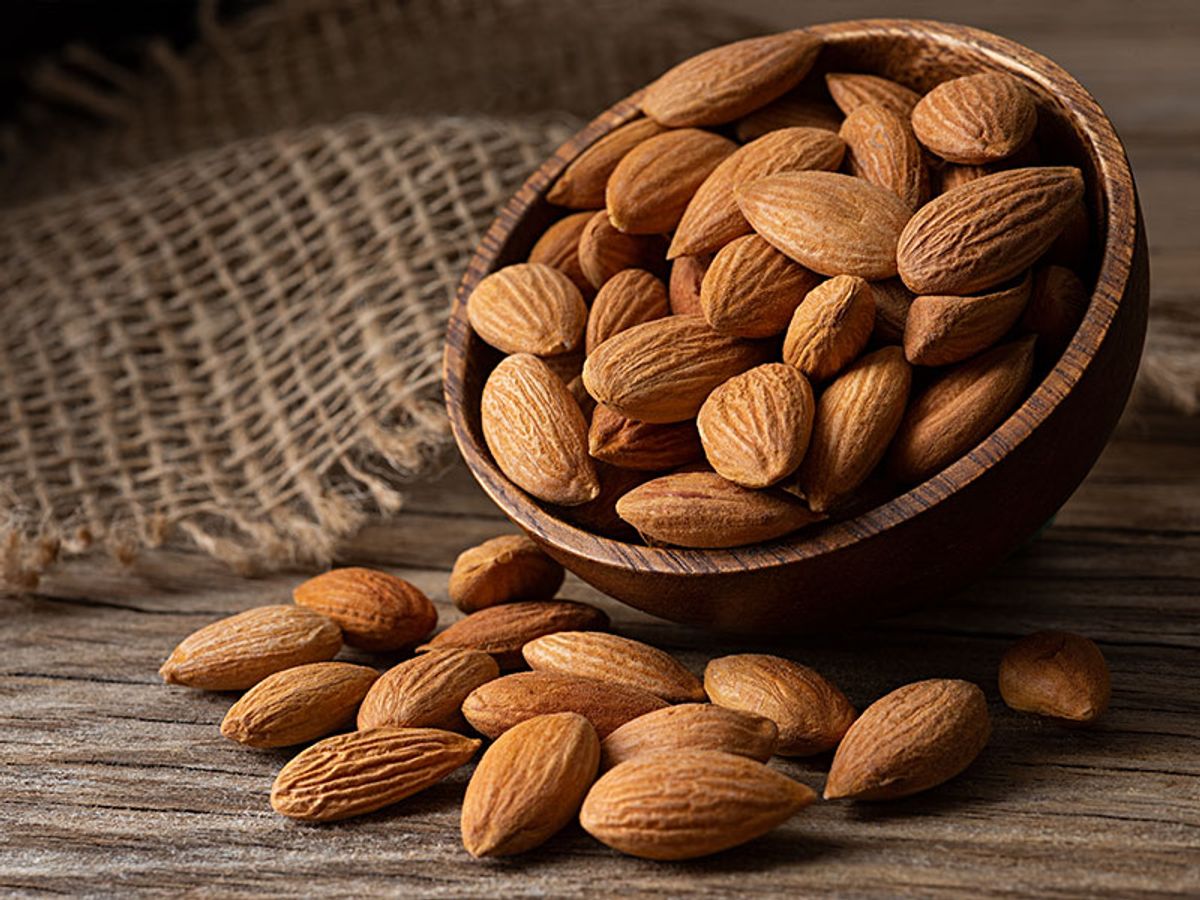In my kitchen, nuts are more than just a snack — they’re an essential ingredient.
Pecans add crunch and texture to soups, walnuts liven up pasta dishes and Marcona almonds bring a buttery, salty note to verdant salads. Other favorites include macadamia nuts, hazelnuts and pistachios — my dad’s favorite. While I do snack on them, it’s important to recognize that nuts are much more than just something to munch on. They have so much more potential as ingredients.
Nuts can transform a dish with a crunchy, salty bite, elevating something ordinary into something extraordinary.
Beyond nut milks, pestos and Romesco sauce, nuts are particularly vital in Mexican and Mexican-American cuisine, enriching salsas and sauces with texture, richness and depth. The range of nuts used in Mexican sauces, salsas, condiments and dishes is unmatched.
Take mole, one of the most complex and magnificent sauces in the world. Chef Sabrina Goncalve of Nomada in Verona, New Jersey, describes it as a “mix of chiles, nuts, and seeds blended with aromatics such as garlic, tomatoes, and onion — and of course, chocolate — where each ingredient adds a layered element that helps balance the others in a magical way.”
Speaking specifically about Nomada’s mole, Goncalve tells me, “We utilize a blend of almonds, peanuts and sesame seeds to bring a well-rounded flavor to our sauce. When blended in, they add a creamy element and help thicken the sauce, while imparting all their wonderful flavors.”
She continues: “The almonds add a touch of sweetness that helps cut through some of the heat from the chiles, while the peanuts add a buttery undertone to the dish.”
Chef Akhtar Nawab of Alta Calidad, a renowned Mexican restaurant in Brooklyn, New York, says that nuts “add a richness and deep flavor that make Mexican cuisine unique.” He adds that “long-cooked moles really benefit from the use of nuts, not only for flavor but also for achieving a silky, creamy texture.” At Alta Calidad, Nawab uses peanuts in their macha sauce, pistachios in a mole for fish tacos, and a variety of nuts — cashews, almonds, pistachios — as well as pumpkin, sesame, and sunflower seeds in his manchamanteles.
We need your help to stay independent
Nawab highlights the contrast between the “fiery serrano chiles” and ingredients like tomatillos, juxtaposed with the earthy flavors and rich texture of the nuts, which balance beautifully.
Chef Claudette Zepeda, who recently opened the San Diego restaurant Leu Leu and frequently competes on food shows (most recently on Food Network’s “Tournament of Champions”), says roasted nuts “lend earthy, grounded flavors and a touch of natural sweetness” to salsas and sauces. Zepeda notes that “the same base recipe can result in two different flavors entirely with just the choice of almonds or peanuts, an Encacahuetado or Almendrado.”
“There are thousands of mole recipes in a single city, let alone a state,” Zepeda says. “While there are classic tenets to follow, most cocineras have their preferred nuts or ingredients that make their dish special. Each woman leaves a very specific fingerprint in her family’s culinary legacy.” Zepeda uses macadamia nuts in her salsa macha because “the sweetness and fatty nature of the nut help curb the heat from my chile blend.”
Next time you have a hunger pang and grab a container of nuts to snack on (I bet you have almonds, walnuts, or pecans on hand right now), consider incorporating them into tonight’s dinner instead. Nuts can be the secret, always-accessible ingredient that opens the door to silky sauces, fiery salsas, smooth milks and so much more.
Read more
about this topic



Shares